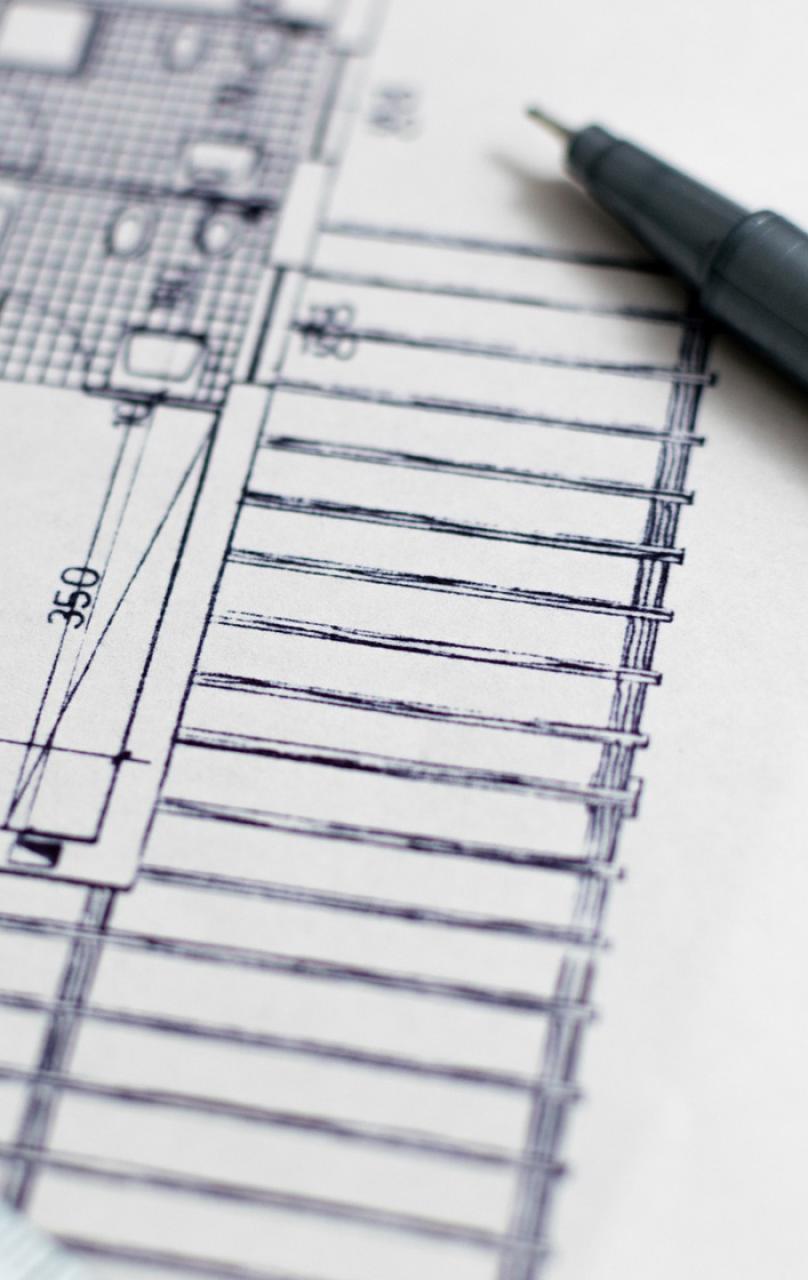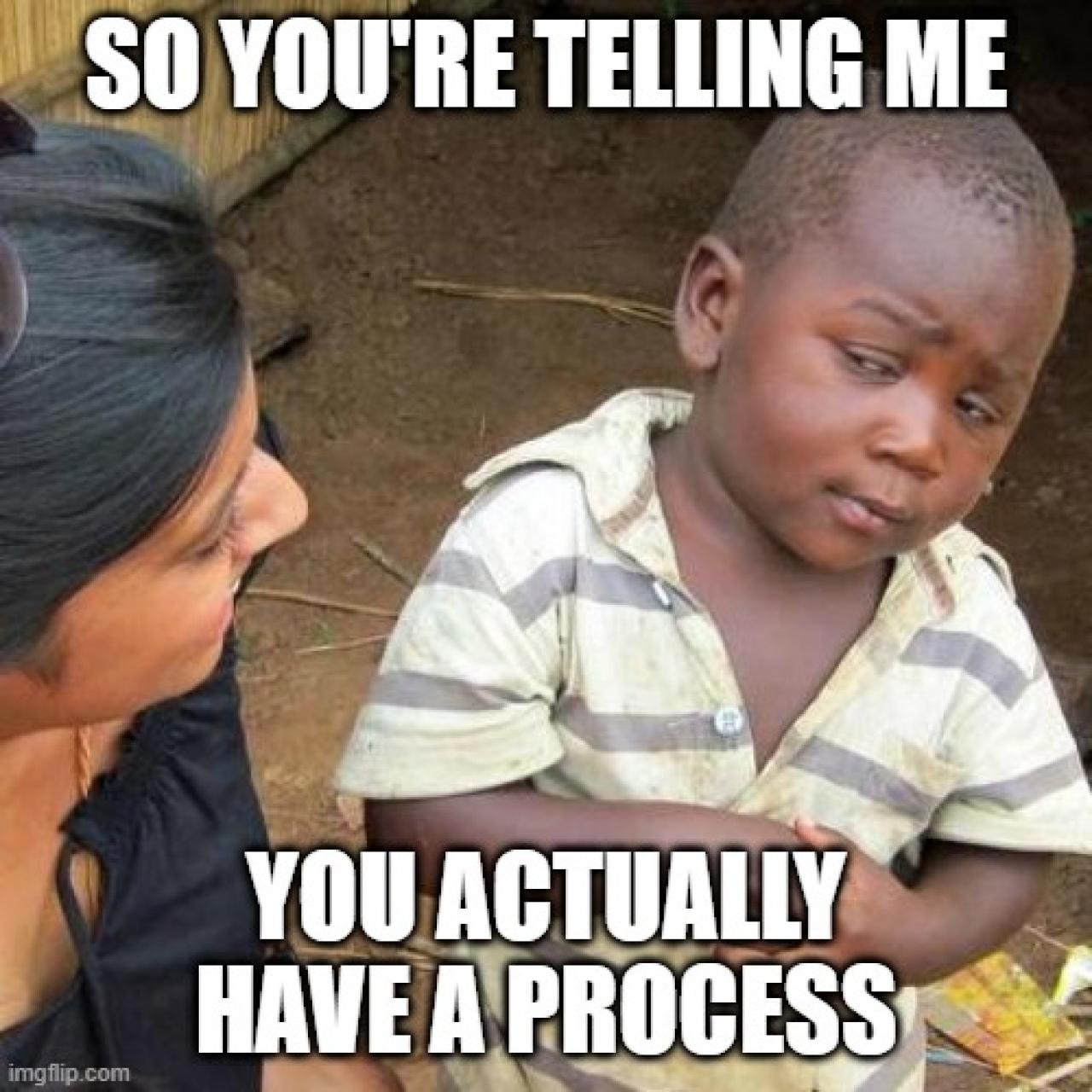
The answer everyone gives that no customer wants to hear: well, it depends
It’s a simple question but has a lot of different answers and can vary greatly, depending on who you’re asking.
While I can’t provide a quick answer, I want to discuss the question in some detail so that you can understand the kind of thinking that goes into pricing out a site from both your “client” perspective and from our “supplier” perspective.
You’re asking the wrong question
Well, maybe not “the wrong question” but most people are thinking about the question in the wrong way. What people want is a dollar figure that is clear and allows predictability.
The job of any decision maker is to mitigate risk. The more detailed information you can plan for the future, the less risk is involved in a decision and the less likely things are to go off the rails.
However, when most decision makers are asking about the cost to build a website, in order to mitigate the risk in the process, they are missing the other side of the equation. How much risk is there in building the wrong website?
While the price of the initial build is probably the main focus, there are other elements that you should be asking yourself:
- What will this site cost me to maintain?
- What is the business cost if the website does not perform well?
- What is the risk to my business if the site mis-represents my brand?
- How much will it cost me to send traffic to a broken or ineffective site?
Your website is an investment, not a cost center
Understandably, most business owners think of their websites as nothing more than a “requirement” in order to do business. To borrow another company’s slogan: a website makes it real.

To most business owners, a website is a calling card that makes their business seem legit. It’s just something they need to throw online so that people can see how to contact them. It’s the 2022/2023 equivalent of having a business card in the 80s.
It’s a prerequisite cost that needs to be a low as possible to get the job done so that they can get back to the “real” work. In short, it’s a nuisance to be “dealt with”, a drain on resources.
This is wrong.
These kinds of owners are completely missing the point of a good website whereas the savvy businesses that we’ve worked with have understood the value of their online footprint and have actively taken advantage of the power of digital marketing.
Our clients tend to understand that their website is a hub for their marketing efforts and gives them the ability to have better control over the conversations around their brand, products, and services.
When a website is working properly, it is one of the most powerful tools in your arsenal.
It allows you to be less dependent on third-party platforms like Facebook, LinkedIn, TikTok, and Instagram. When set up properly, it can track user engagement and give insight into your customer journey by quantifying the effectiveness of your marketing efforts.
This insight should allow you to make changes that will improve your user engagement and lead customers towards your conversion goals. All of this should be measurable and tied in closely to your marketing efforts.
In short, when a website is built properly, it provides business value and should lead to increased engagement and, ultimately, more sales.
A good website costs less to promote
Over the years, I’ve worked with a lot of customers and one thing that I always find strange is that very few understand the impact their website has on their marketing efforts. More often than not, I talk to clients who think of their marketing and their website as two separate concerns.
They will hire out a web development team and give them vaguely technical requirements to build out the site. They will focus on things like WordPress vs Shopify and the ability to edit their own content. They will mention that they need SEO without really understanding what that entails.
They will then launch their new website then look for marketing help to promote the site they just built.
The result is a disjointed effort that creates an uphill battle for your company.
A smarter, more efficient way to work is to think of your website, from the beginning, as the center for all of your marketing efforts. The same way you would not build a foundation without planning out the layout of your house, you really shouldn’t build your website without thinking about your marketing strategy.
When you plan out the website based on your marketing strategy, the ad platforms will actually reward you for your efforts.
When a website loads quickly, connects well with visitors, and is engaging to interact with, visitors will naturally stay on the site longer and visit more parts of it. This, in turn, will signal to the various platforms that visitors like what they see. This means that when they drive traffic to your site, either via paid ads or SEO, people have a positive experience.
Why does this matter?
These platforms have their entire business model based on people clicking ads. If visitors have a positive experience after clicking on an ad, they are more likely to click on ads in the future. This means that the platforms’ business is viable.

If, instead, all of your users are having bad experiences every time they click on ads, they are less likely to click on ads in the future.
The result is that, if visitors stay on your site after clicking on the ad that lead them there, the platforms will make it less expensive to reach potential clients. If users are signaling that they are not enjoying the “ad experience” these platforms will charge a premium to get eyeballs on your ad.
We’ve actually seen this in action (link to case study) when we have worked with partner agencies who asked us to revamp a client’s site.
So when we take on a new website project, we always take the time to plan out the user experience as it relates to the brand we’re working with. There is no one-size-fits-all so each project is a bespoke exercise in CRO (link to what CRO is).
This extra planning takes time and effort but is well worth the effort to get right from the get-go.
Why we’re “expensive”
A cheaper website will likely look just fine and work ok. But that’s not really the point. Where we charge extra is in the work to properly plan out a website with the understanding that it’s going to be:
- A hub for data collection
- The central point for your marketing efforts
- A powerful tool that should drive conversion
Because our approach is so dramatically different from your typical web development team, our up-front cost is higher. We do a lot more in-depth thinking about how to invest your budget into something that will provide business value.
We take the time to set up important, boring, “behind the curtain” tech to capture data to feed into your marketing efforts. We test everything to make sure that there is good user experience throughout.
A quick breakdown
Disclaimer: if you just scrolled down without reading any of the article above, you’re going to go “wow, these guys are crazy expensive”
So what does our process look like?
Below is the breakdown for a typical “informational” website that doesn’t have any e-commerce components or special functionality:
- Recon – 10hrs
- Gathering of all brand assets
- Gathering of all credentials (social media, analytics, domain access, servers, etc.)
- Basic SWOT analysis
- Planning – 20hrs
- Brand message and USP (as it relates to marketing)
- Clearly identify all conversion types
- Clearly define functionality and deliverables
- Sitemap (the purpose behind each page of the new site)
- Wireframe each page
- Design – 20hrs
- Research relevant templates and themes
- Design mock-ups based on the needs of the project and the visual brand guidelines

- Setup – 40hrs
- Set up test servers
- Purchase any necessary templates, themes, or plugins
- Install any necessary software
- Connect up third party platforms
- Development – 50hrs
- Customization of templates and themes based on (approved) mock-ups
- Creation of tools and implementation of functionality based on “deliverables”
- Where necessary, upload content
- Testing and QA – 30hrs
- Test all front-end elements (as visitor)
- Test and debug all admin tools
- Test across all relevant devices (desktop, tablets, mobile)
- Prepare everything for final launch
- Production – 10hrs
- Final launch onto production servers
- Repoint DNS where necessary
- Implementation of caching layers (where appropriate)
- Confirm functionality all data collection tools
- Final testing in production environment
Around 200hrs of work in total to launch a site multiplied by our mixed rate (contact us for details).
Typically, for clients running active marketing campaigns, our sites pay for themselves within 6 months of launch.
Conclusion
You need to ask yourself: what does a bad website will cost you in lost revenue? In wasted marketing budgets? In wasted time, and wasted effort?
Is it worth “saving” a few thousand dollars if it means losing tens of thousands in revenue?
In short, a bad website costs a LOT more than just the up-front cost.

